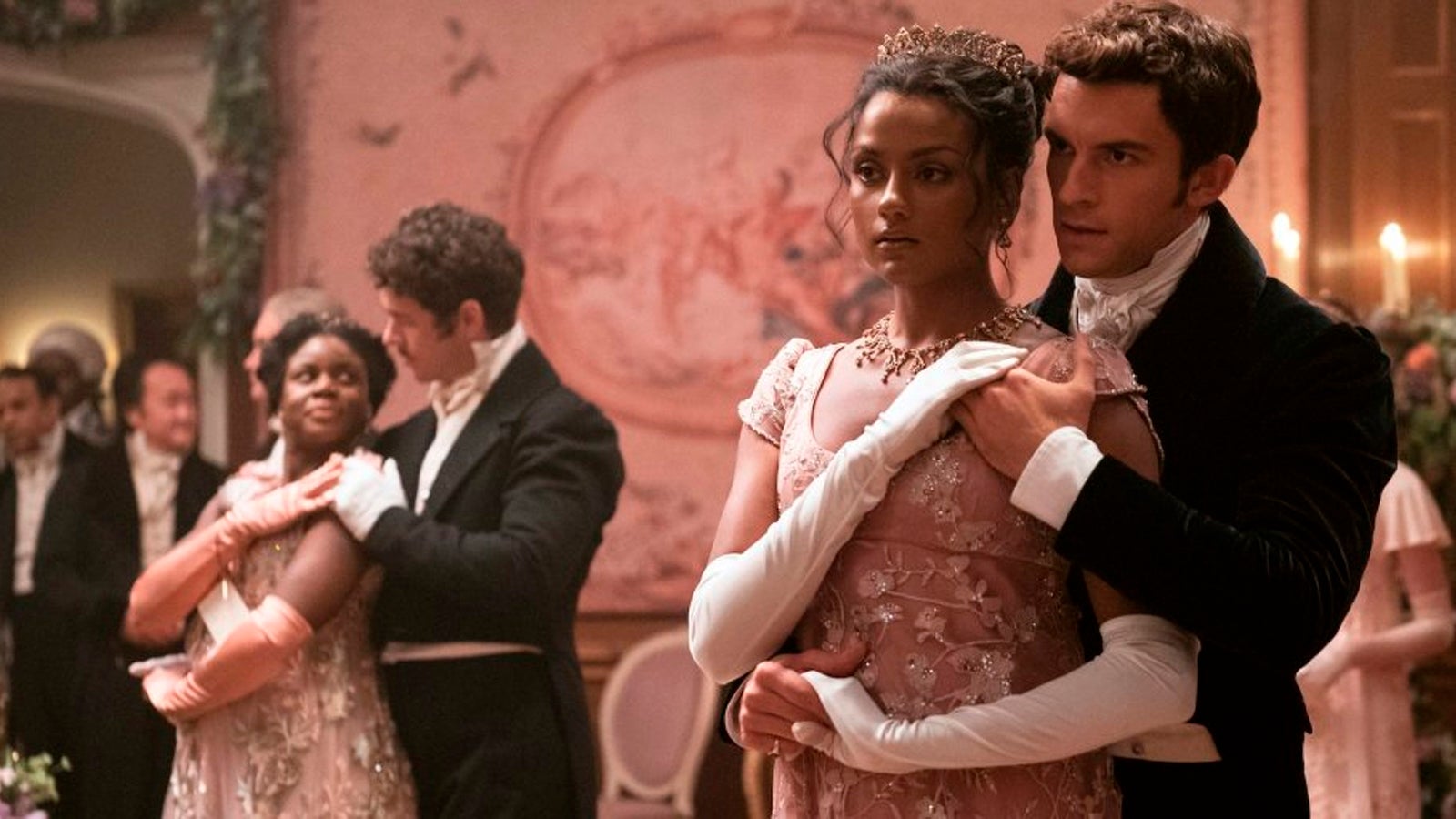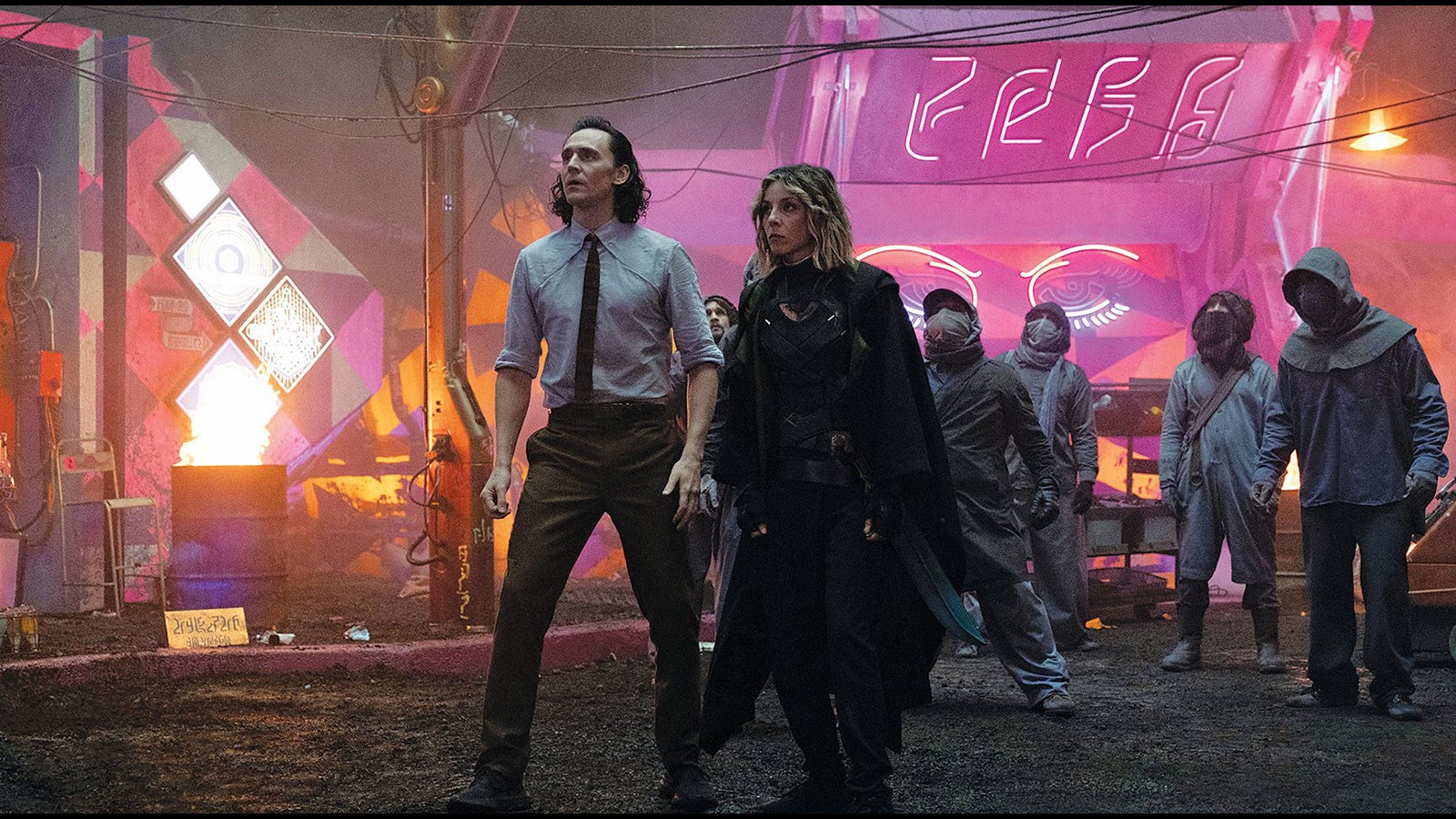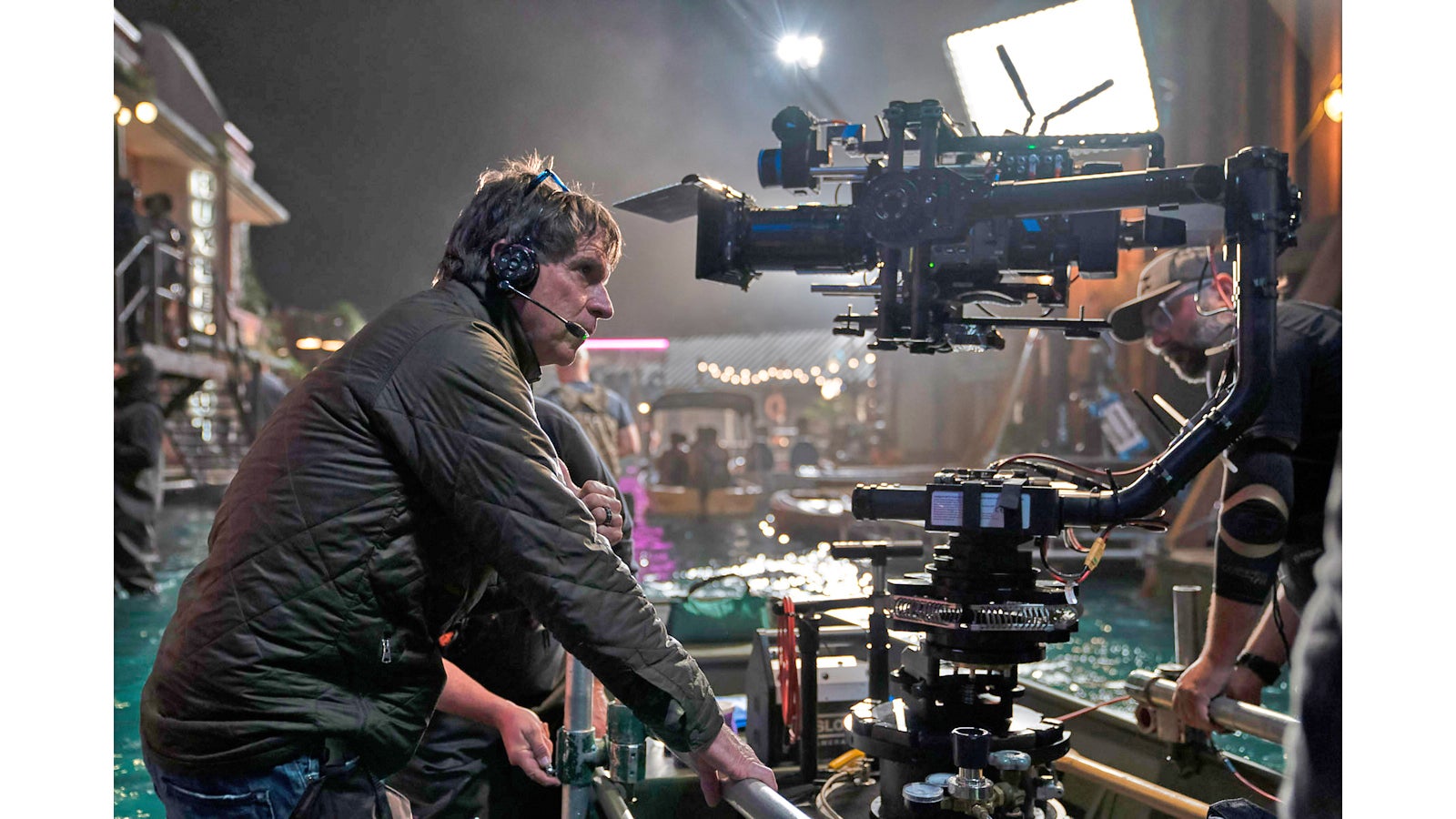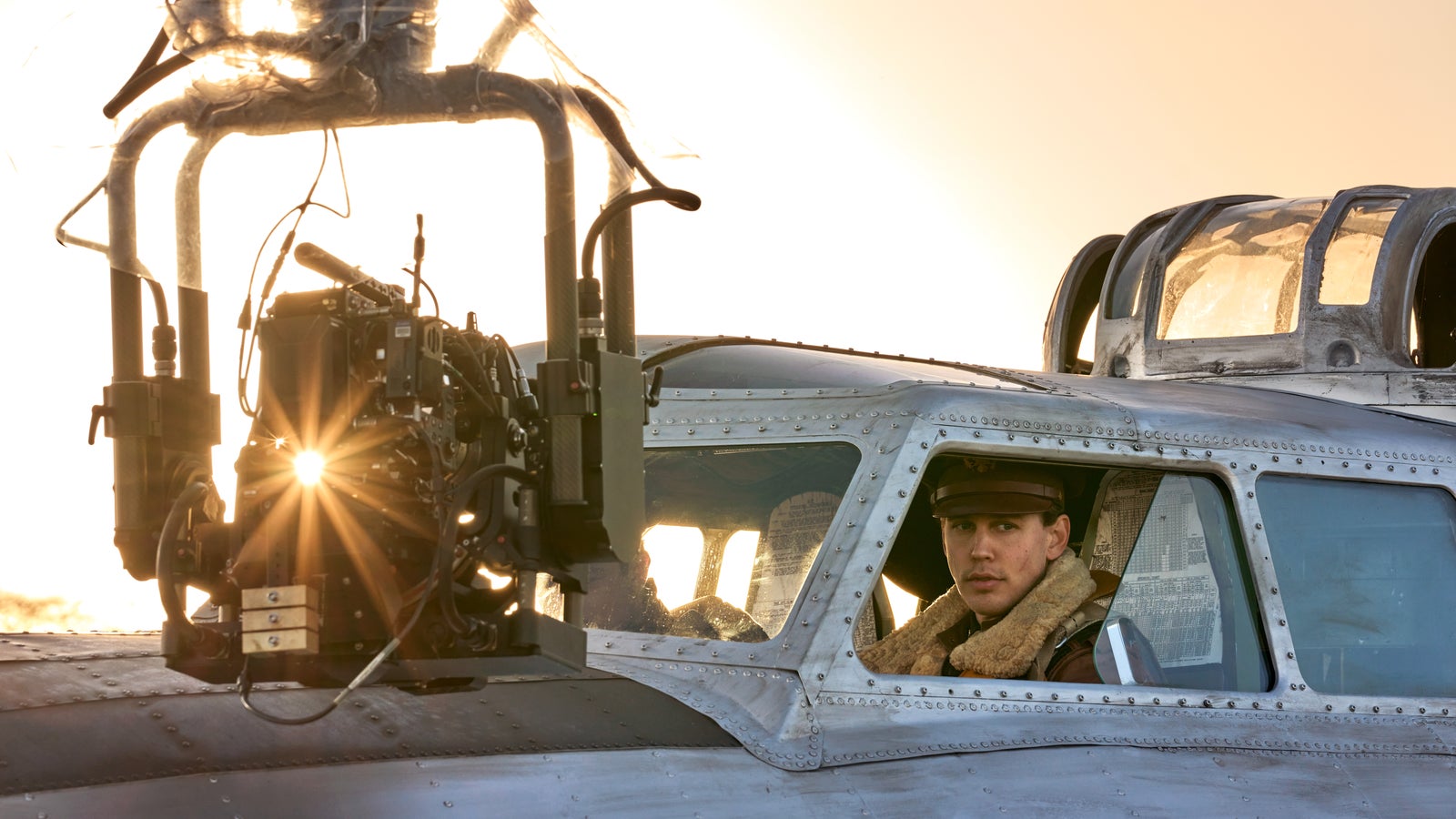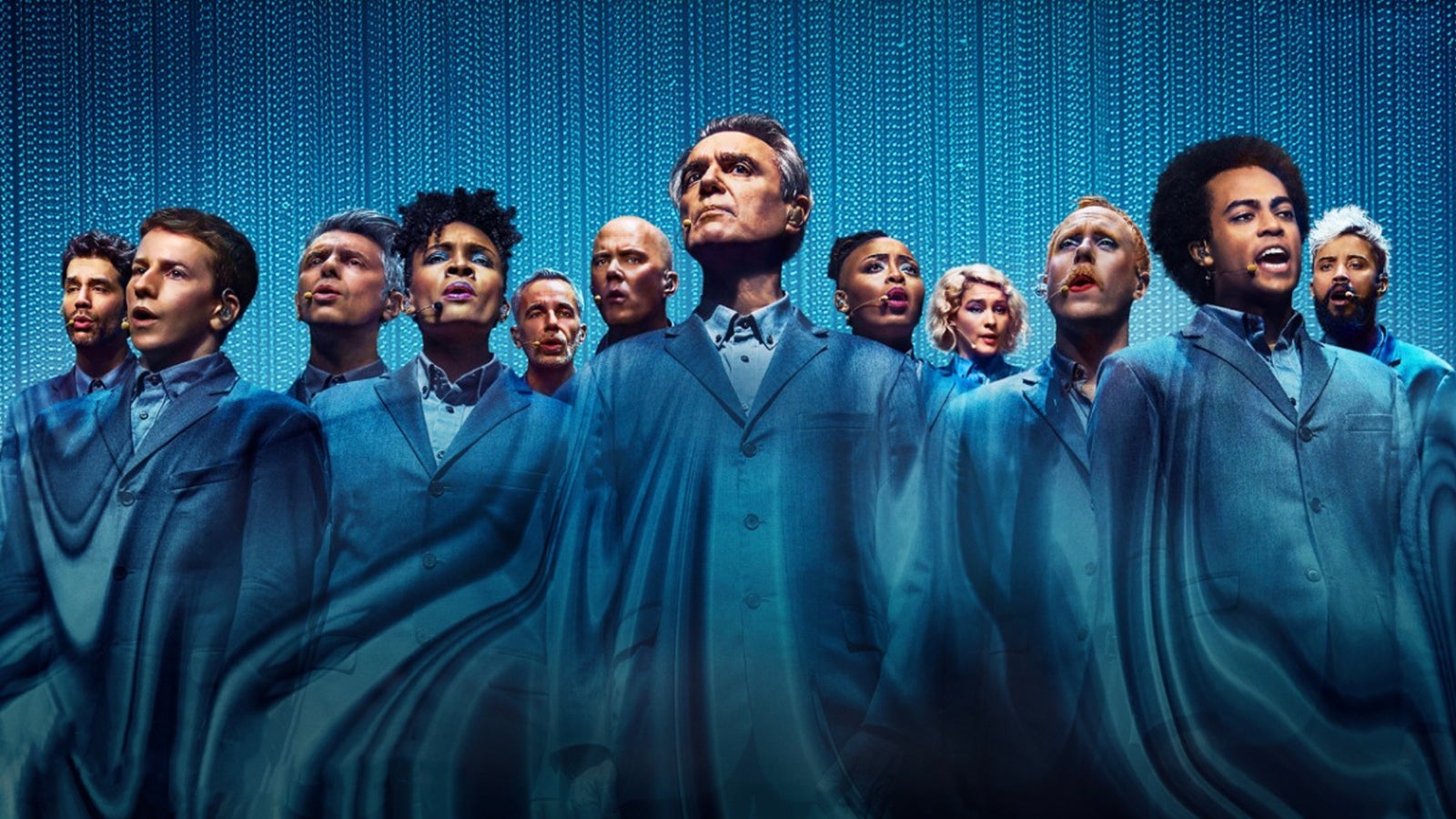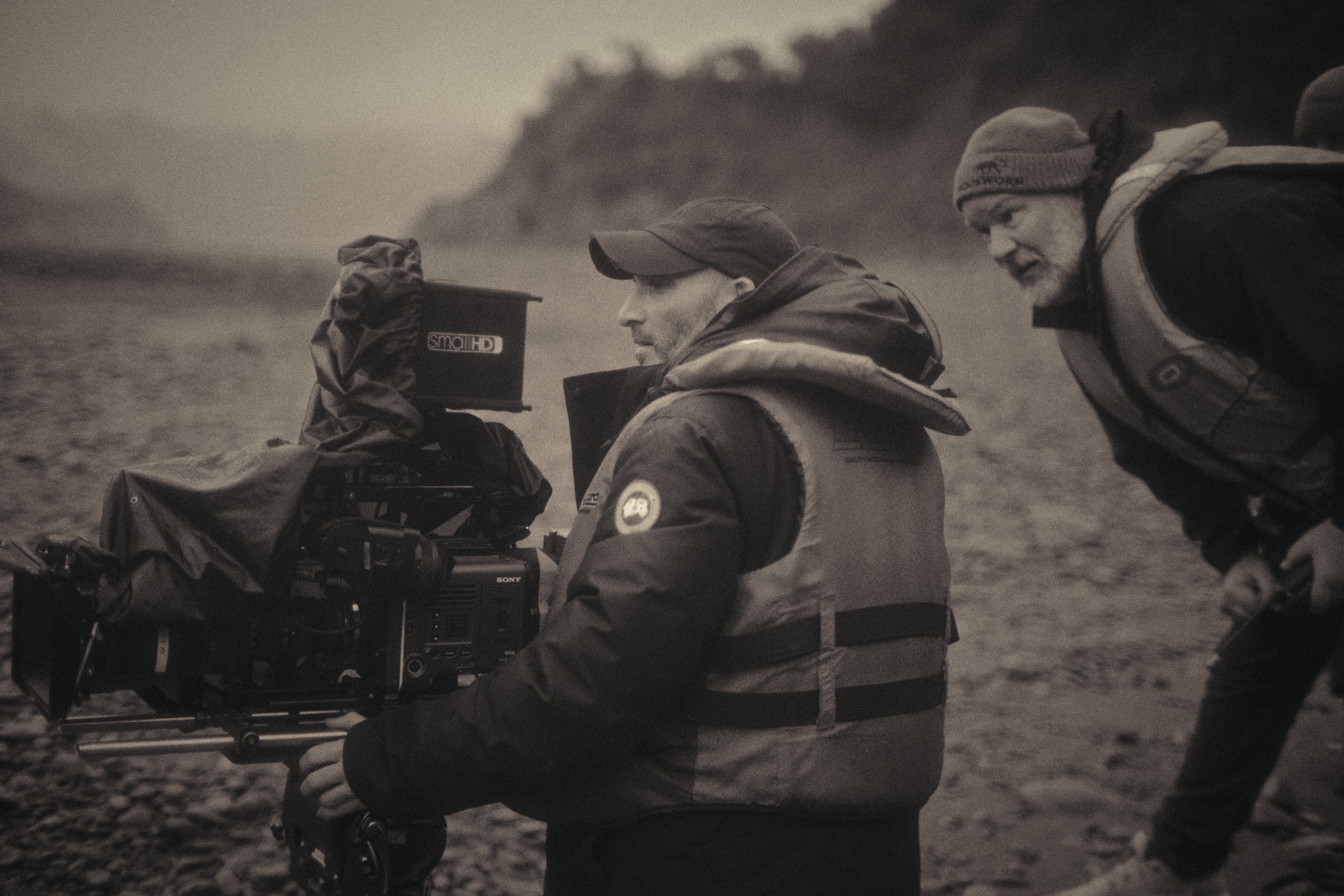
09-10-2024 - Filmmaker Interviews
DP Daniel Katz Reveals how the Sony VENICE Tackled two Distinct Indie Films
By: Yaroslav Altunin
While Top Gun: Maverick is the type of movie where the Sony VENICE gets all the glory; it's a tool that can thrive in all sorts of productions. From music videos, commercials, to independent films, the VENICE adapts as easily as it elevates, when it's in the right hands.
And an independent film is exactly where DP Daniel Katz was first introduced to the camera. The cinematographer used the VENICE on two very different films—a werewolf thriller starring Kit Harrington and a New Zealand adventure dramedy led by Elijah Wood.
We spoke with Katz about his creative process to discover how he uses these tools to work in not only different genres, but in two different places around the globe.
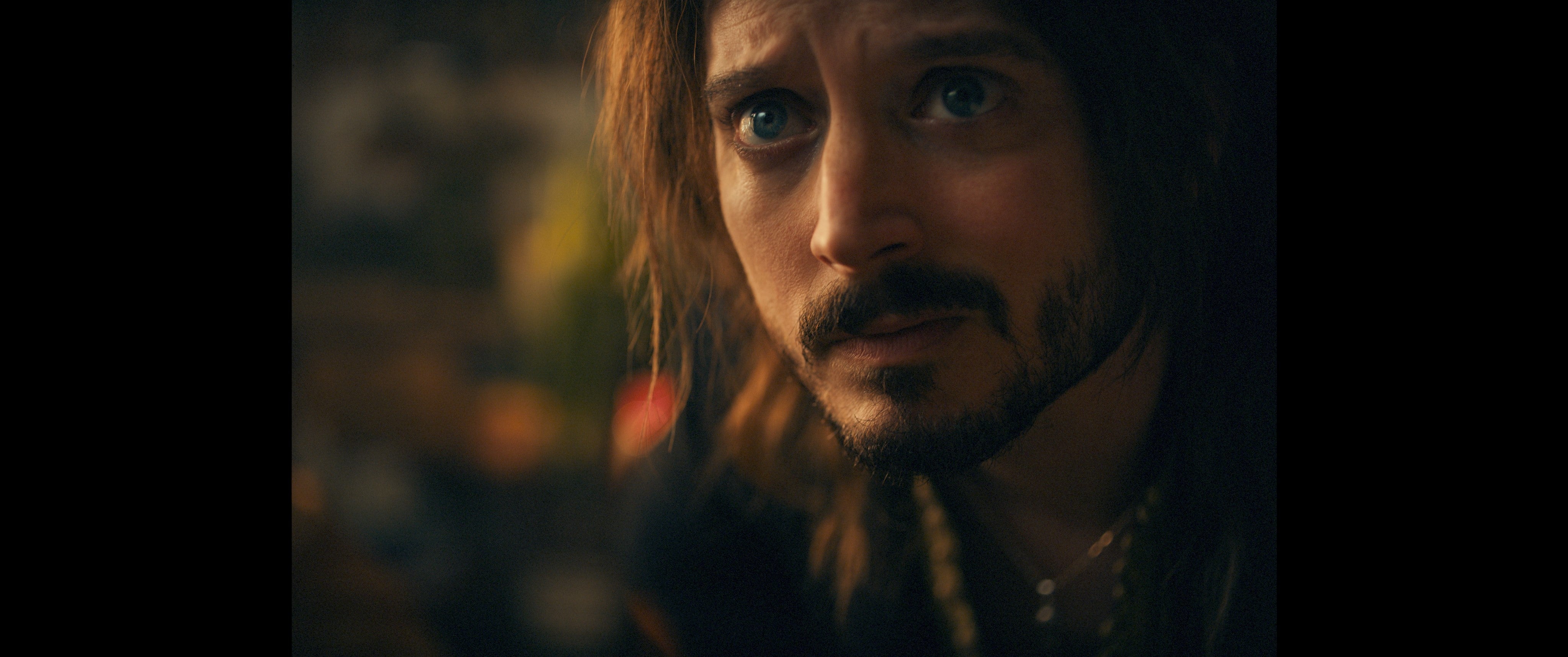
Screenshot from the film, Bookworm
Two Films, One Festival
Katz first shot The Beast Within, where he first used the VENICE in a production environment. Bookworm came a few years later, and the camera system returned to help the team stay on schedule. While both films were shot years apart, they each had their world premiere at the 2024 Fantasia International Film Festival in Montreal, Quebec, with Bookworm opening the festival.
"It was a complete fluke that those two movies were playing in the same festival," Katz shared. "Because I had shot The Beast Within almost two and a half, three years ago in Leeds in the UK, and Bookworm was (the Summer of 2024) in New Zealand."
As with most indie films, Bookworm and The Beast Within had very tight shooting schedules. However, both films also had some unique locations to contend with. For The Beast Within, the team found themselves on the outskirts of Leeds.
"There was a big mansion, disused at that point, and that became our kind of hero house, where the majority of the film was shot," Katz said. There, the creative team shot for 26 days.
For Bookworm, the production spent more time outdoors to capture the adventure aspect of the film and Katz found himself scouting the South Island of New Zealand, a place not forgiving to cinema cameras and production teams.
This is where the Sony VENICE became an asset to the creatives and the vision of both films.
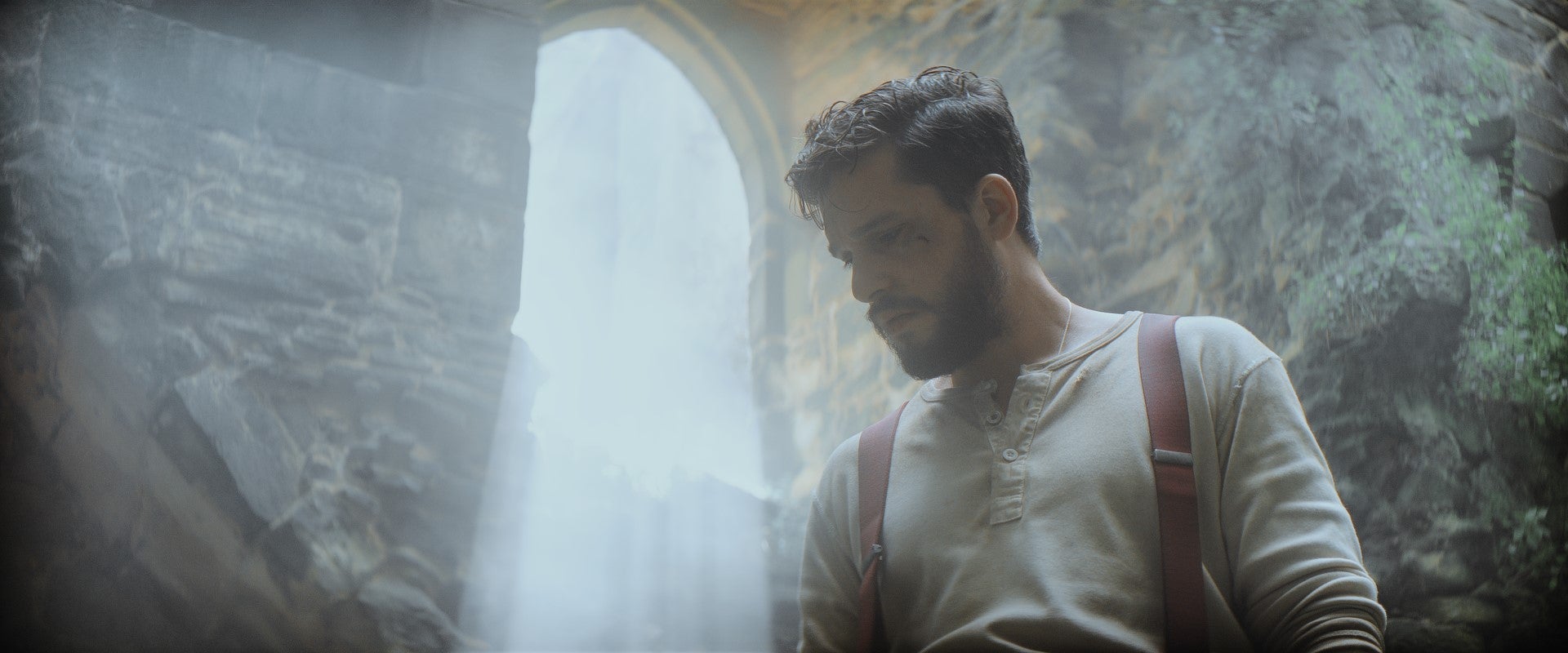
Screenshot from the film, The Beast Within
Staying Nimble in The Wild
Directed by Ant Timpson, Bookworm is a story about a young girl who goes on an adventure with her estranged father. Shot in New Zealand in 22 days, Katz needed a camera system that could keep pace. The team received two Sony VENICE bodies and the VENICE Camera Extension System.
"I operated one of the cameras and our Steadicam operator, Todd (Bilton), did our Steadicam and B Cam," Katz explained. "That decision for an indie wasn't easy because obviously it's more costly."
"The decision to shoot two cameras to maximize shooting time for the edit was the right call, however."
Having these two cameras wasn't really about coverage. In fact, Katz went out of his way to avoid that word. For the cinematographer, it was about moving fast and capturing more in one take, not about having options.
"It was my third film with the VENICE, and I felt extraordinarily comfortable with what I was getting," Katz continued. "I had a very instinctual relationship at this point with the camera and with the Rialto system, which we did use a number of times."
On these types of projects, there are always a lot of things to do and not enough hands to do it. Even when you plan well, creatives still tend to find themselves going above and beyond. Katz found himself not only operating the camera on Bookworm but juggling the stresses of managing a whole department. Yet with the VENICE, it never got in the way.
"It was very intuitive for me, which goes a long way," Katz said. "I just wanted something I knew was going to give us everything that we needed and wasn't going to be an issue."
In addition, the cinematographer used Cooke's 1.8x Full Frame Anamorphic lenses. When paired with the VENICE, it was the perfect image to support the story Katz and Timpson were trying to capture.
"The (Cooke) 1.8x merged with the VENICE full-frame sensor, and with the slightly smaller squeeze factor, whatever combination of things came together, it was just an incredibly elegant image," Katz said. "Coupled with the South Island landscape of New Zealand, it was just, wow, this is perfect."
While the beginning of the film was shot on spherical glass, the VENICE and Cooke pairing was used to capture "really ‘off terrain’ locations," as Katz called them, out in the New Zealand wilderness.
But with 22 days, the team needed extra support to move fast.
While having two cameras was the first solution, the Camera Extension System made sure Katz and his team were never behind schedule.
"We had a bunch of scenarios where we used (the Rialto) in the New Zealand landscape," Katz said. "Some of them were just me wanting to be very free with the camera, following Elijah and Nell."
“We wanted to be very free and allow them to have some spontaneity and to be able to improvise more."
The Camera Extension System also helped camera operators stay connected with the talent.
By reducing the weight and footprint of the camera rig to just the sensor block and the lens, Katz found more opportunities for play without having to deal with fatigue.
"You're doing handheld, and you're vibing with the actor, and you're really getting into sync," Katz explained. "And then if you fatigue, you're breaking that. Everybody's going to have their threshold of fatiguing, and you want to be a sport and keep going and keep doing takes, but you just end up exhausting yourself, and you might have an injury or then not be up to speed the next day."
This way of shooting came in handy during a big set piece toward the end of Bookworm, where actors Elijah Wood and Nell Fisher would find themselves trapped between a black panther and a ravine. In a scene that could have been done with CGI, Katz and Timpson ended up dangling their actor over a 300ft drop.
"We have a whole set piece sequence towards the end of the film where Elijah and Nell's characters are being chased by this black Panther to a ravine and a cliff edge, and they end up having to go across a very dubious rope situation to escape," Katz explained.
“To do a shot in which Elijah was actually over the ravine, the team set up a system with the Rialto,” Katz continued. "We were able to set up a pulley system above where Elijah was, and then below him was a 300ft drop."
Looking back, Katz explained how difficult that shot might have been for another indie project if they didn’t have access to this setup.
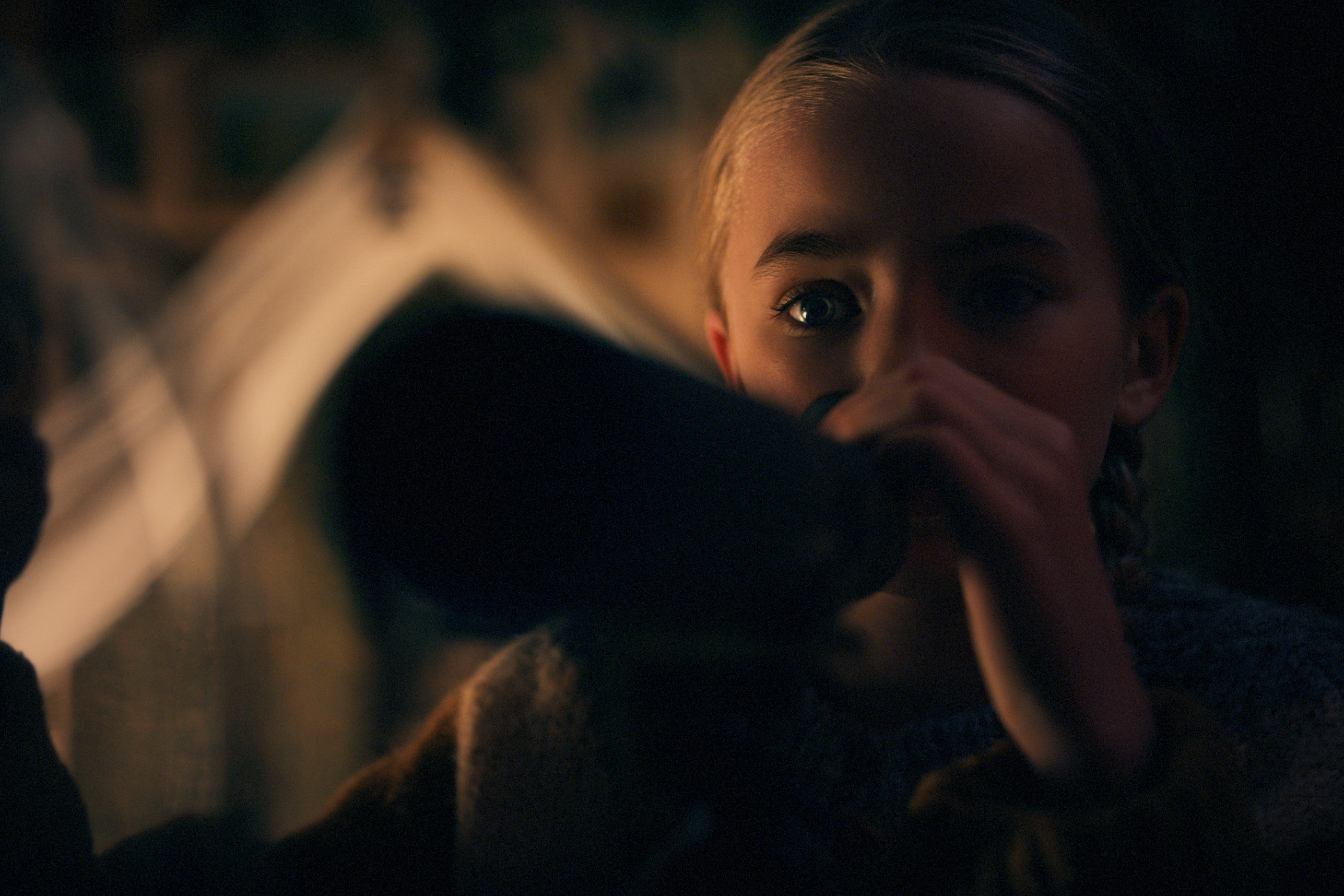
A Werewolf at Night
On Bookworm, Katz was already familiar with the Sony VENICE, allowing him to pair the camera and utilize the Camera Extension System in a unique way. But for The Beast Within, it was the cinematographer’s first introduction to the camera and he was able to use the VENICE in a more traditional way.
Beyond the UI, color reproduction, and color science, there were two things that Katz and his team used to show this werewolf thriller in a new light—The dual base ISO and internal ND filters.
"The internal ND system really comes to the fore when you're moving quickly on an indie and you have to shoot 25, 30 setups in a day," Katz said. "You add those two-to-five-minute changes each time, that you would have done on another camera system, and suddenly, you're saving a lot over the course of an entire shoot.”
While both movies had a lot of day exteriors, The Beast Within also spent a lot of time outside at night. This is where the VENICE's high ISO became an asset.
"We were a werewolf movie. We did have a fair amount of night stuff, and we did have a decent lighting package, but then we didn't have a lot of time." Katz said. "You just have the confidence that you can go to that high (ISO) and still have such a wonderful, fairly noiseless image. Or indeed, if you want to utilize some of that noise as texture."
"So that dual ISO and the internal NDs together really equates to peace of mind and speed.”
Finding your Stamp
As The Beast Within and Bookworm play in theaters side by side, Katz reminds me that the language of filmmaking is always changing. Seeing how different both films are is a great example of that statement. But for this cinematographer, the tools are always the last conversation he has with his director.
“I hate to lead any creative conversation with the director or any collaborators over equipment,” Katz said. “To me it's really cart before the horse.”
However, after several projects shooting on the Sony VENICE, Katz also reminds me that the language of filmmaking is only evolved by what a creative can do with the tools they have.
